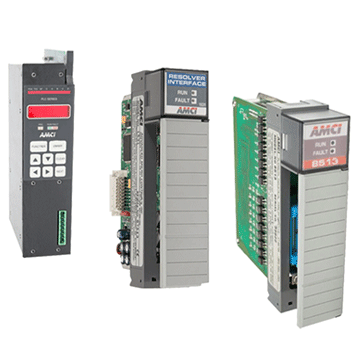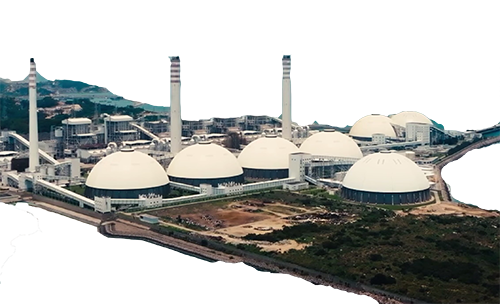Fundamental Roles in Process Operations
Distributed Control Systems (DCS) and Emergency Shutdown (ESD) systems serve distinct yet complementary purposes in industrial environments. While DCS focuses on continuous process optimization and dynamic parameter adjustments to maintain product quality, ESD systems remain passive during normal operations, activating only when critical deviations threaten facility safety. This functional separation ensures that routine production activities remain undisturbed by safety interventions unless absolutely necessary. The DCS manages operational efficiency through real-time adjustments, whereas the ESD preserves asset integrity and personnel safety through predefined protective actions.
Architectural Independence and Safety Hierarchy
The structural separation between DCS and ESD systems represents a fundamental safety principle in industrial facility design. ESD systems maintain complete physical and logical independence from process control architectures to prevent common-cause failures. This segregation ensures that malfunctions within operational control systems cannot compromise safety functions. ESD components typically employ redundant hardware, fail-safe circuit designs, and specialized programming that prioritizes reliability over flexibility. This architectural approach creates a protective hierarchy where safety systems remain unaffected by control system modifications or failures.
Operational Dynamics and Response Requirements
Significant differences exist in the operational characteristics and performance demands of these systems. DCS platforms engage in continuous process monitoring with frequent operator interactions, while ESD systems operate passively until specific trigger conditions occur. Response timing represents another critical distinction, with ESD systems typically executing protective actions within milliseconds compared to the seconds-scale responses of process control systems. This speed differential ensures that emergency actions occur before process deviations escalate into hazardous situations, providing crucial protection against rapidly developing abnormal conditions.
Testing and Reliability Methodologie
The maintenance and verification approaches for DCS and ESD systems reflect their different safety criticality. ESD components undergo regular diagnostic testing to identify potential failures that might remain hidden during normal operation. These proof tests verify that safety systems will function correctly when demanded, with testing intervals determined through rigorous reliability analysis. Process control systems typically employ less frequent validation schedules focused on operational performance rather than safety integrity. The stringent testing requirements for ESD systems directly support their higher safety integrity level (SIL) certifications.
Human Interaction and Error Prevention
The relationship between operators and these control systems varies significantly based on their respective functions. DCS interfaces encourage frequent human intervention for optimization purposes, inherently introducing potential for operational errors. ESD systems deliberately minimize human interaction through automated responses that bypass normal control logic. This design philosophy prevents well-intentioned but potentially dangerous operator interventions during emergency conditions. The passive nature of safety systems ensures they function independently of operator decisions when process parameters exceed safe operating limits.
Strategic Implementation for Comprehensive Protection
The complementary relationship between DCS and ESD systems provides layered protection that neither system could deliver independently. Modern facilities implement both systems in coordinated configurations that leverage their respective strengths while mitigating individual limitations. This approach recognizes that process control sophistication and safety system reliability represent distinct technical challenges requiring specialized solutions. The ongoing evolution of both technologies continues to enhance their collaborative effectiveness while maintaining the fundamental separation that ensures safety systems remain unaffected by process control complexities or failures.
Related models:
|
ABB
|
AO895 3BSC690087R1
|
EMERSON
|
A6910
|
|
ABB
|
AO810 3BSE008522R1
|
EMERSON
|
A6824
|
|
ABB
|
AO801 3BSE020514R1
|
EMERSON
|
A6740-10
|
|
ABB
|
AO801 3BSE020514R1
|
EMERSON
|
A6560
|
|
ABB
|
AO801 3BSE020514R1
|
EMERSON
|
A6500-UM
|
|
ABB
|
AO650 3BHT300051R1
|
EMERSON
|
A6500-RC
|
|
ABB
|
AO610 3BHT300008R1
|
EMERSON
|
A6500-CC
|
|
ABB
|
AO610 3BHT300008R1
|
EMERSON
|
A6410
|
|
ABB
|
AINT-14C 68685826
|
EMERSON
|
A6370D
|
|
ABB
|
AI950S 3KDE175521L9500
|
EMERSON
|
A6370D
|
|
ABB
|
AI950N 3KDE175523L9500
|
EMERSON
|
A6312/06
|
|
ABB
|
AI931N 3KDE175513L9310
|
EMERSON
|
A6312/06
|
|
ABB
|
AI930S 3KDE175511L9300
|
EMERSON
|
A6220
|
|
ABB
|
AI930N 3KDE175513L9300
|
EMERSON
|
A6210
|
|
ABB
|
AI910S 3KDE175511L9100
|
EMERSON
|
A6120
|
|
ABB
|
AI910N 3KDE175513L9100
|
EMERSON
|
A6120
|
|
ABB
|
AI895 3BSC690086R1
|
EMERSON
|
A6120
|
|
ABB
|
AI895 3BSC690086R1
|
EMERSON
|
A6110
|
|
ABB
|
AI890 3BSC690071R1
|
EMERSON
|
A6110
|
|
ABB
|
AI86-16 57087196
|
EMERSON
|
960177-02
|















